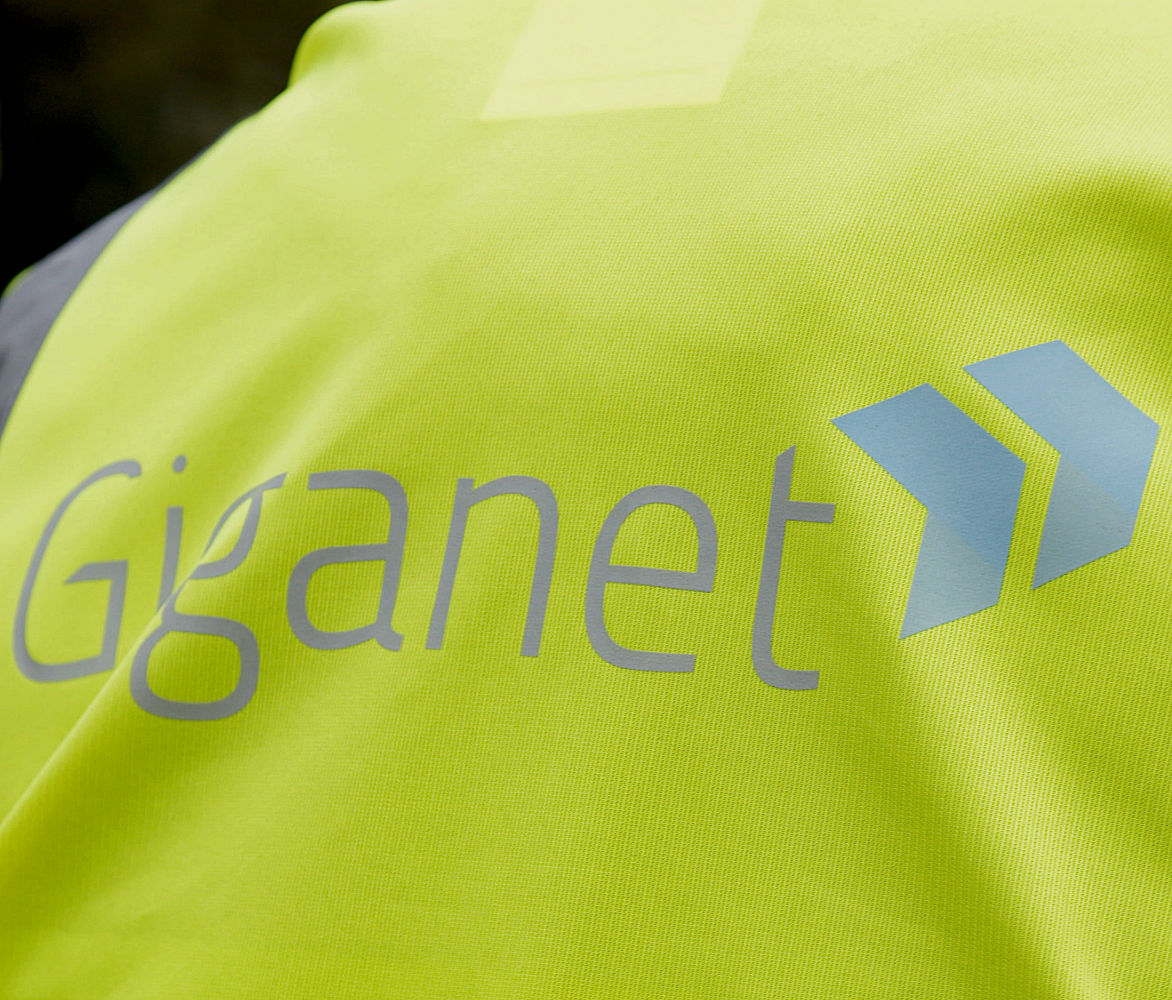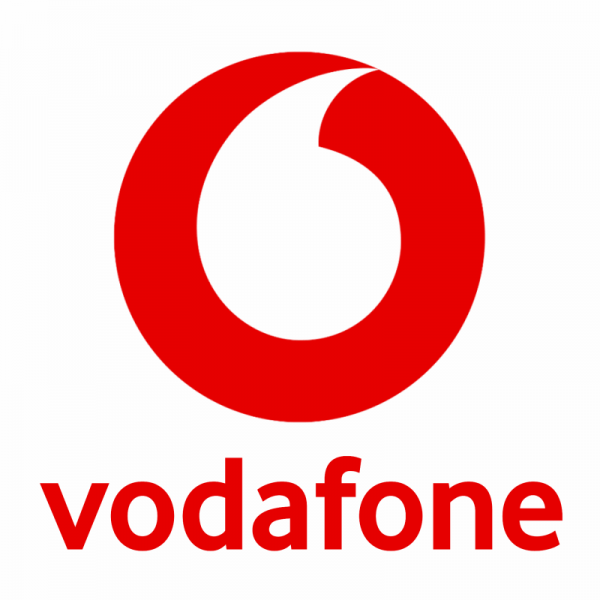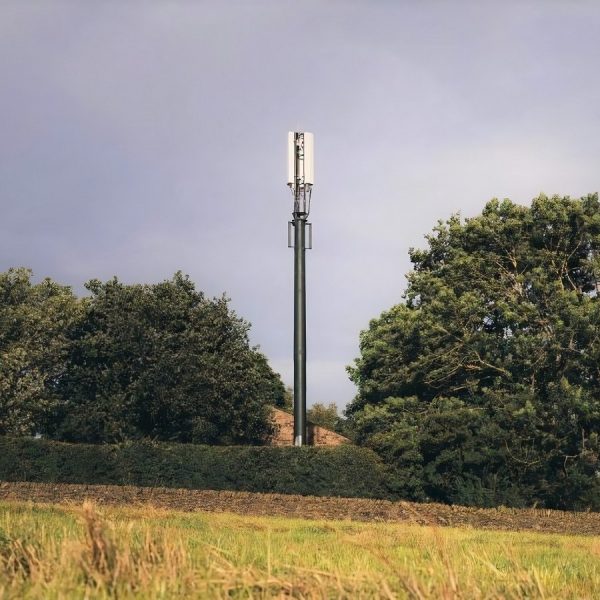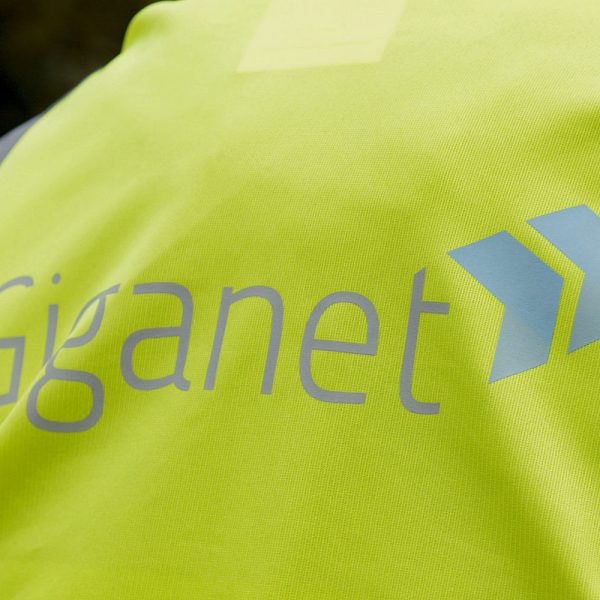AT&T Labs Propose AirGig Wireless Powerline Broadband Technology
The research and development division of global telecoms giant AT&T has begun to develop a new twist on the old Powerline Communications idea, but instead of sending electrical signals over the national grid’s power cables it would use the cables to “guide” a wireless broadband transmission.
Some years ago the idea of using Powerline Communications (PLC) to solve national connectivity problems seemed like a real possibility. The technology worked by allowing for the transmission of broadband to be conducted along existing national grid power cables (i.e. separating the electricity and Internet service into two separate wavelengths).
However PLC struggled to deliver the performance that it initially promised and then there were problems with interference, especially at higher frequencies, which created somewhat of a regulatory challenge. In the end PLC couldn’t evolve faster than traditional fixed line alternatives (e.g. FTTC, FTTP, Cable etc.) and the technology faded into obscurity.
Now say hello to AirGig, which AT&T Labs believes will be “easier to deploy than fibre, can run over license-free spectrum” and would deliver “low-cost, multi-gigabit wireless internet speeds using power lines.” Wireless using power lines? Yes.. but not as you know it, Jim.
How Does it Work?
Apparently the new technology, which is supported by more than 100 patents, is experimenting with multiple ways to send a modulated radio signal “around or near” medium-voltage power lines.
Just to be clear, there’s “no direct electrical connection to the power line required” and this is intended to be a “last-mile access” solution, one which can also be configured with small cells or distributed antenna systems.
John Donovan, AT&T’s Chief Strategy Person, said:
“We believe Project AirGig has the potential to quickly bring connectivity to all parts of the world. Our researchers are addressing the challenges that hampered similar approaches a decade ago, such as megabit per second speeds and high deployment costs.
Project AirGig is still very much in the experimentation phase. That said, I’m excited about what AT&T Labs’ engineers have developed to date. Our overall access approach, in conjunction with our software-defined network architecture, is unmatched in its ability to usher in connected experiences like augmented reality, virtual reality, self-driving cars, telemedicine and 4K mobile video. Big urban city. Small rural town. Around the world.”
As part of Project AirGig, AT&T Labs invented low-cost plastic antennas and devices located along the power line to regenerate millimeter wave (mmWave) signals (around 30GHz+) that can be used for 4G LTE and 5G multi-gigabit mobile and fixed deployments. These patent-pending devices could mean lower hardware and deployment costs while maintaining good signal quality.
AT&T believes that Project AirGig could also be a benefit to utility companies, such as by enabling them to expand a variety of smart-grid applications. It could also allow for early detection of line integrity issues, such as encroaching tree branches. Power companies could use it to pinpoint specific locations, down to the line segment, where proactive maintenance could prevent problems. It could also support utility companies’ meter, appliance and usage control systems.
So far so good, but then the early forms of PLC technology were often accompanied by similarly bold claims and yet it could never overcome the problems faster than the existing market was able to adapt. The first field trials of AirGig are due to take place in 2017 and that means that a commercial product might not follow until 2018.
On top of that the technology is currently being built around standards in the USA, thus it would most likely need another year on top of all that to jump through regulatory hurdles in the UK and that’s assuming anybody wants to try it. By 2019/20 the market for AirGig could be more challenging.
Mark is a professional technology writer, IT consultant and computer engineer from Dorset (England), he also founded ISPreview in 1999 and enjoys analysing the latest telecoms and broadband developments. Find me on X (Twitter), Mastodon, Facebook and Linkedin.
« EE Brings 4G Mobile to the Remote Island of Coll in Scotland
Get Drunk with Virgin Media’s Latest Broadband Offer of Wine »
Latest UK ISP News
- FTTP (5516)
- BT (3514)
- Politics (2538)
- Openreach (2297)
- Business (2262)
- Building Digital UK (2245)
- FTTC (2044)
- Mobile Broadband (1973)
- Statistics (1788)
- 4G (1664)
- Virgin Media (1619)
- Ofcom Regulation (1461)
- Fibre Optic (1395)
- Wireless Internet (1389)
- FTTH (1381)
























































Comments are closed